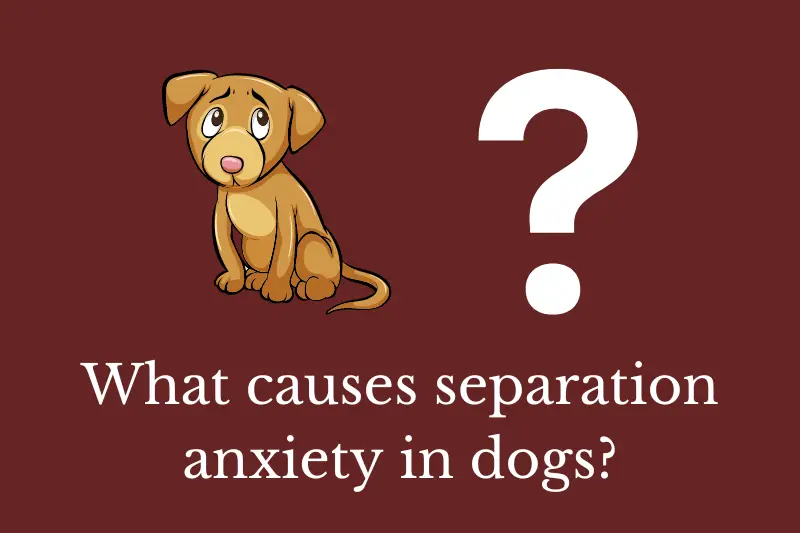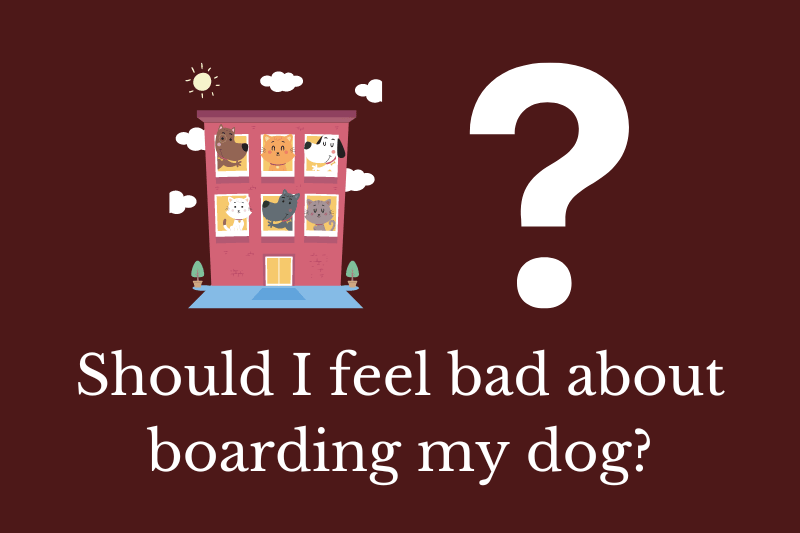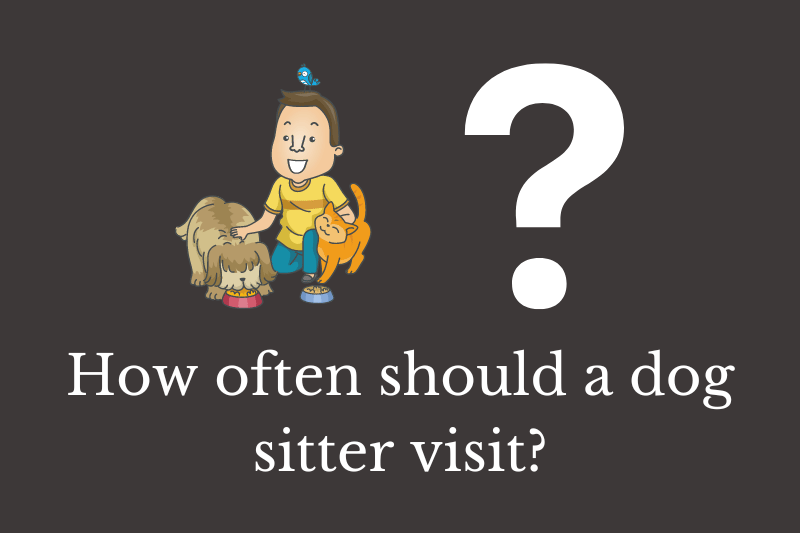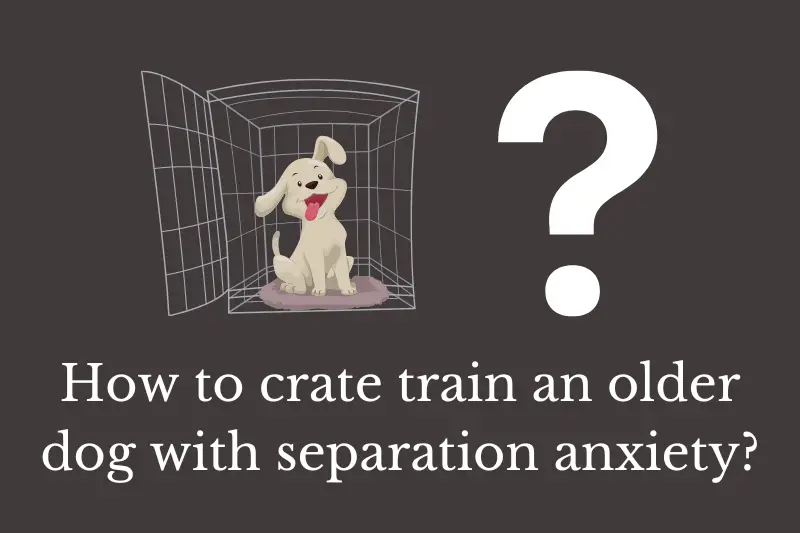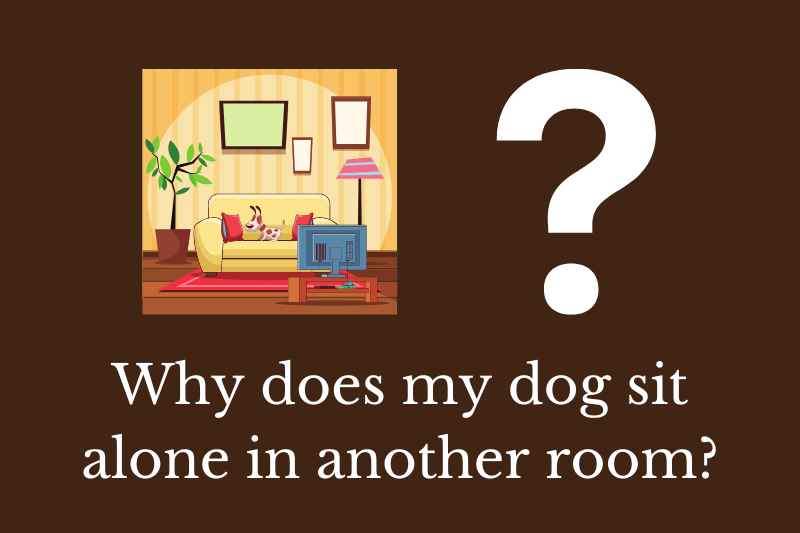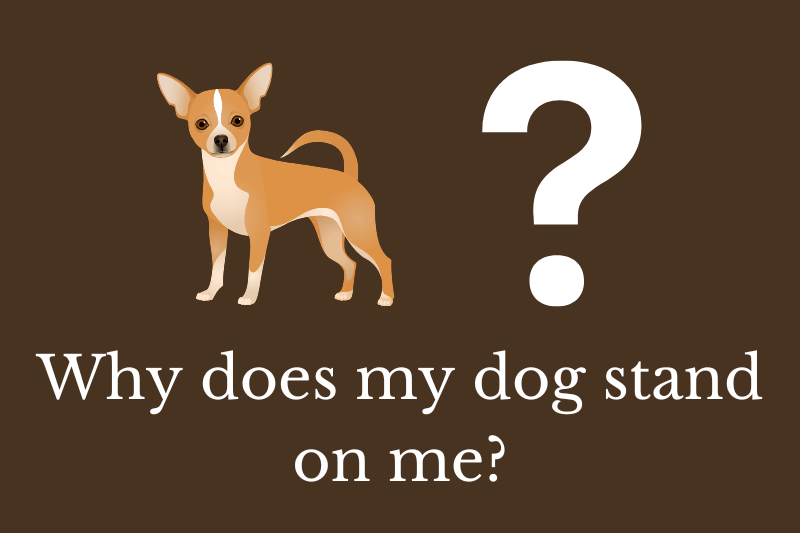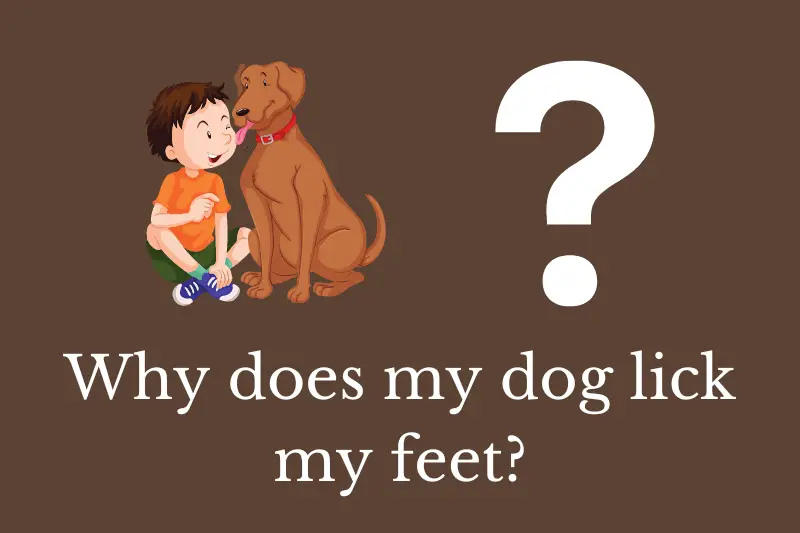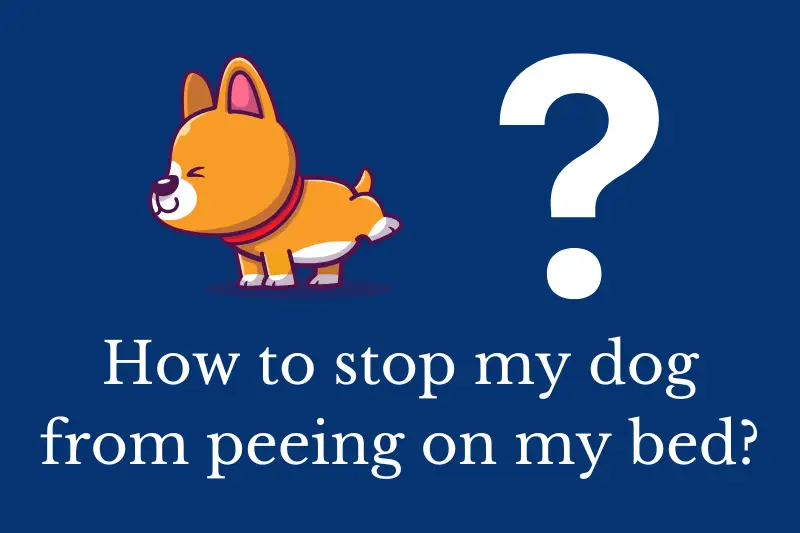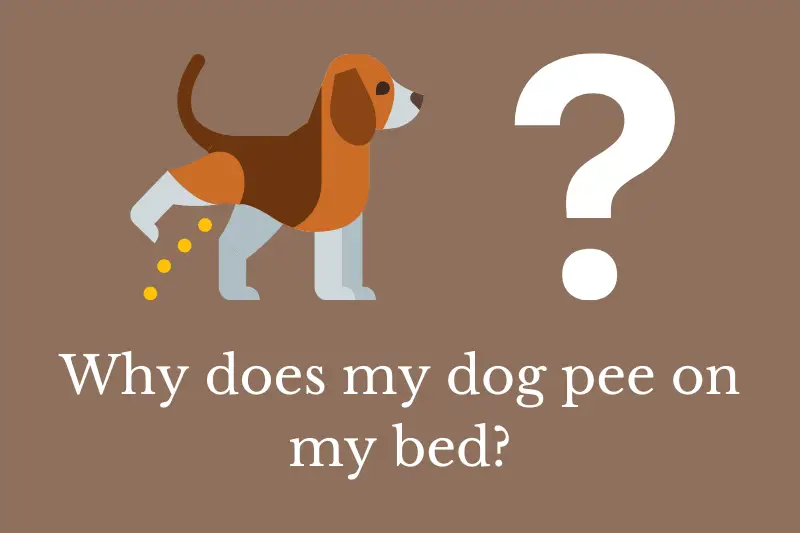Separation anxiety in dogs is a behavioral disorder that occurs when a dog becomes distressed and anxious when left alone or separated from its owner. This condition can manifest in various ways, including destructive behavior, excessive barking or howling, and attempts to escape or break out of the home. Separation anxiety can be challenging for both the dog and its owner, and it can lead to a range of negative consequences if left untreated.
What causes separation anxiety in dogs?
There are several potential causes of separation anxiety in dogs, and it is often a combination of factors that contribute to the condition. Some of the most common causes of separation anxiety in dogs include:
- Lack of socialization: Dogs that have not been properly socialized or exposed to different people, animals, and environments are more likely to develop separation anxiety. This is because they are not accustomed to being alone or separated from their owner and may feel unsafe or threatened when left alone.
- Previous trauma: Dogs that have experienced traumatic events, such as abuse or neglect, are more likely to develop separation anxiety. These experiences can create a deep-seated fear and anxiety in the dog that is triggered when left alone.
- Genetic predisposition: Some breeds of dogs are more prone to separation anxiety than others. For example, breeds that have been bred for companionship or that have a strong attachment to their owners, such as the Bichon Frise, Cavalier King Charles Spaniel, or Chihuahua, may be more likely to develop separation anxiety.
- Changes in routine: Dogs are creatures of habit and thrive on routine. Changes in routine, such as a change in work schedule or a move to a new home, can be stressful for dogs and trigger separation anxiety.
- Lack of exercise: Dogs that do not receive enough exercise or mental stimulation may develop separation anxiety as a result of pent-up energy and boredom.
- Overattachment to the owner: Dogs that are overly attached to their owner or have a strong bond with them may become anxious and distressed when separated from them. This can be particularly problematic if the owner is away for long periods, such as during work hours or when traveling.
- Lack of training: Dogs that have not been trained to be alone or left alone gradually may develop separation anxiety. This is because they have not learned how to cope with being alone and may become anxious and distressed when left alone for even short periods.
It is essential to identify the underlying cause of a dog’s separation anxiety to develop an effective treatment plan. Treatment for separation anxiety typically involves a combination of behavior modification and medication, depending on the severity of the condition.
Behavior modification techniques may include desensitization and counterconditioning, which involves gradually exposing the dog to the triggers that cause their anxiety and rewarding them for remaining calm. For example, a dog with separation anxiety may be exposed to the owner leaving for short periods and gradually increasing the amount of time they are left alone.
Medication may be used in conjunction with behavior modification to help reduce the dog’s anxiety and facilitate the training process. Medications may include antidepressants or anti-anxiety medications, which can help regulate the dog’s mood and reduce the severity of their anxiety.
Summary
In conclusion, separation anxiety in dogs is a complex and multifaceted condition that can have a range of underlying causes. Identifying the underlying cause of a dog’s separation anxiety is critical to developing an effective treatment plan. With proper treatment and management, most dogs with separation anxiety can learn to cope with being alone and live happy, healthy lives.

